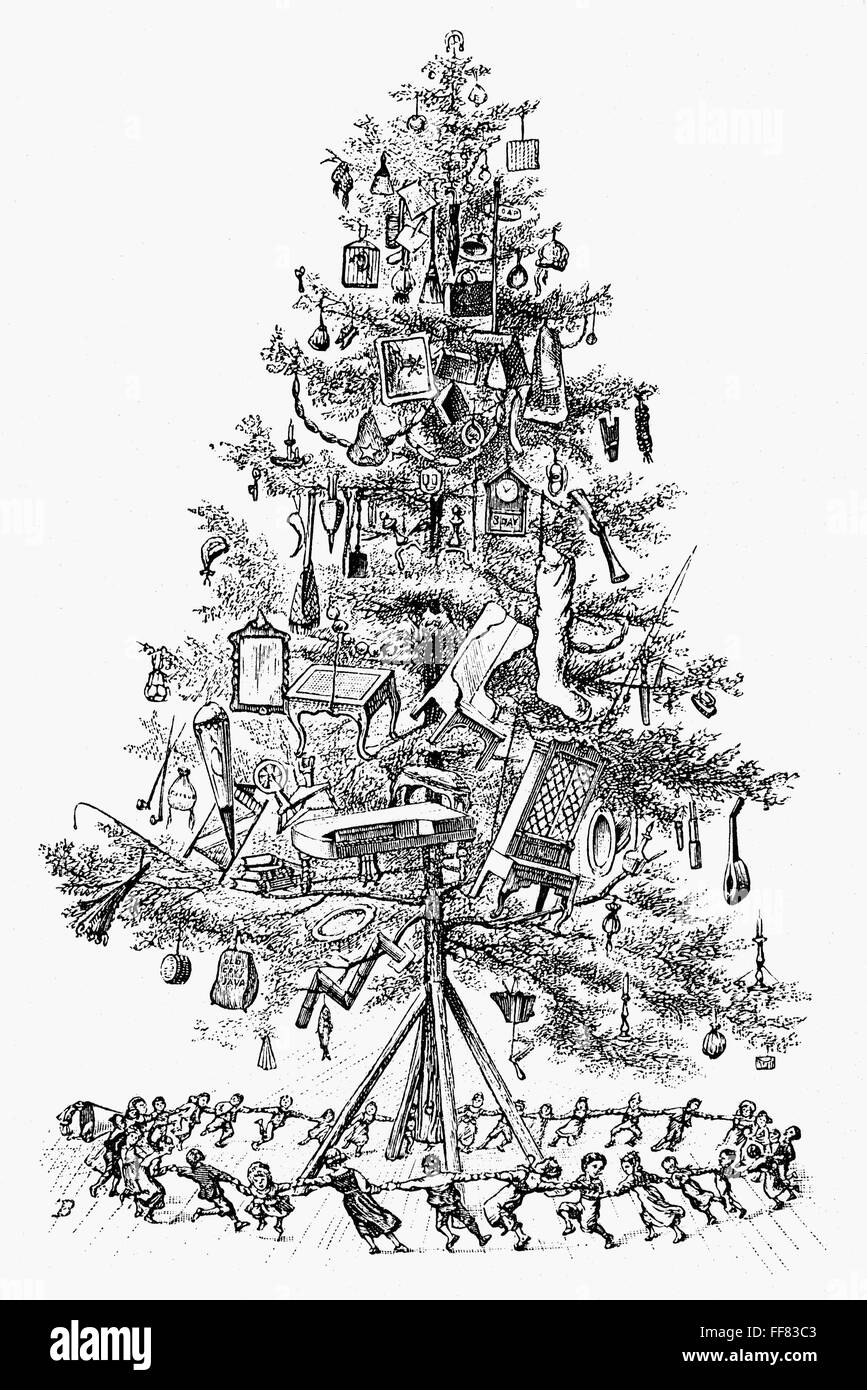The Christmas tree, now a cherished symbol of the holiday season, has ancient origins tracing back to pagan traditions. The tradition of bringing evergreen trees into homes during winter solstice celebrations symbolized life and renewal amidst the darkest days of the year. In ancient Rome, fir trees were used to decorate temples for the festival of Saturnalia, and in Northern Europe, the Yule log traditions also featured evergreen boughs.
The modern Christmas tree tradition as we know it began in the 16th century in Germany. Devout Christians brought decorated trees into their homes, and it’s believed that the first Christmas trees were decorated with apples, nuts, and berries. One popular legend credits Martin Luther with adding lighted candles to a tree, inspired by the stars twinkling amidst the evergreens during a nighttime walk.
The practice spread throughout Europe and was popularized in the United States in the 19th century by German immigrants. The iconic image of Queen Victoria and Prince Albert with their family around a Christmas tree, published in the Illustrated London News in 1848, also helped to cement the tradition. The most common tree used for Christmas celebrations is the Norway spruce (Picea abies) or the Douglas fir (Pseudotsuga menziesii).
The tradition of the Christmas tree made its way to Africa through European colonial influence and the spread of Christianity across the continent. As European settlers and missionaries established themselves in various regions, they brought with them their customs and traditions, including the decoration of Christmas trees.
In the late 19th and early 20th centuries, as African nations increasingly interacted with European cultures through trade, colonization, and the missionary movement, local populations began to adopt and adapt these practices. In many African countries, the Christmas tree has become a symbol of the festive season, often decorated with locally sourced materials. Traditional ornaments might be replaced or supplemented with handcrafted decorations made from natural and recycled materials, reflecting the resourcefulness and creativity of African communities.
Today, the Christmas tree remains a popular symbol of joy and celebration during the festive season in many parts of Africa. From the bustling cities of South Africa, where large, decorated trees can be found in public spaces and homes, to the rural villages of Kenya and Tanzania, where families might gather around a modest tree adorned with handmade ornaments, the Christmas tree continues to bring people together in the spirit of togetherness and hope.

